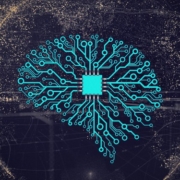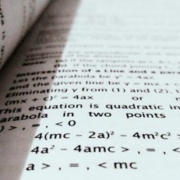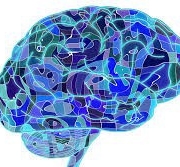Primarily, Machine Learning is the part of Artificial Intelligence that brings the computer systems a greater ability to enhance and study automatically from experience. Over the past few years, it has been creating very serious waves. Very recently, the applications of smartphones and other small-screen experiences have started to take shape that drives millions of interactions with their mobile devices. More importantly, the Machine Learning platform can make your smartphone very smarter by just increasing a host of processes as well as functions instantly. In reality, many smartphones are already using some kind of Machine Learning or intelligent automation application, which helps mobile phones in becoming more effective and efficient as well.
Why Machine Learning?
Overall, the businesses are ramping up their Machine Learning investment. Traditionally, the Machine Learning needs a fabulous quantity of power in which the mobile devices simply did not have. Still now, most of the businesses can install the special chips in automobiles, drones, and also in smartphones, which enables them to consume 90% less power. In the end, these mobile devices, even without an online connection, can do a wide array of complex tasks that include:

Source de l’article sur DZONE (AI)



 You can find all .Net core posts
You can find all .Net core posts 






